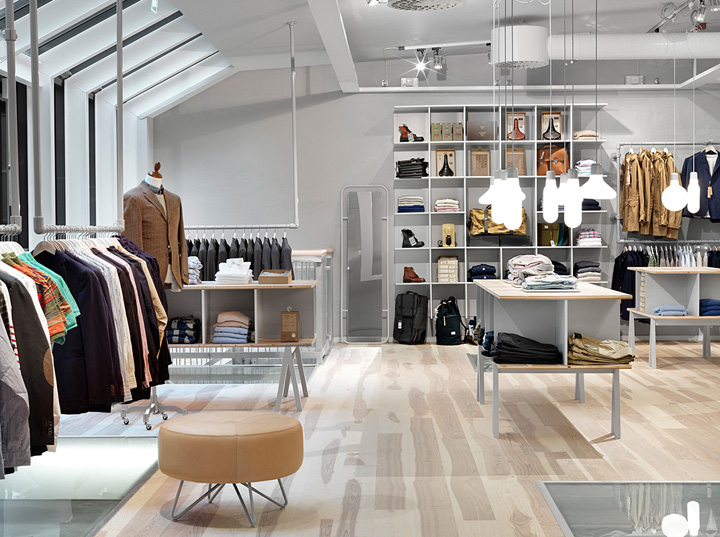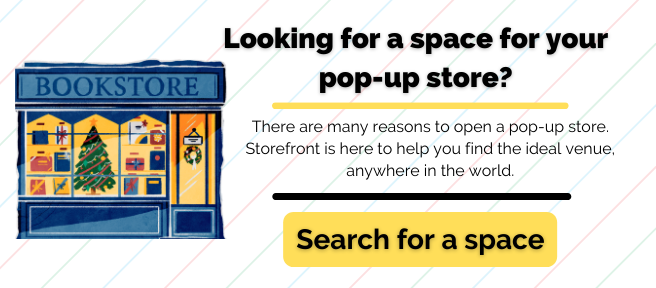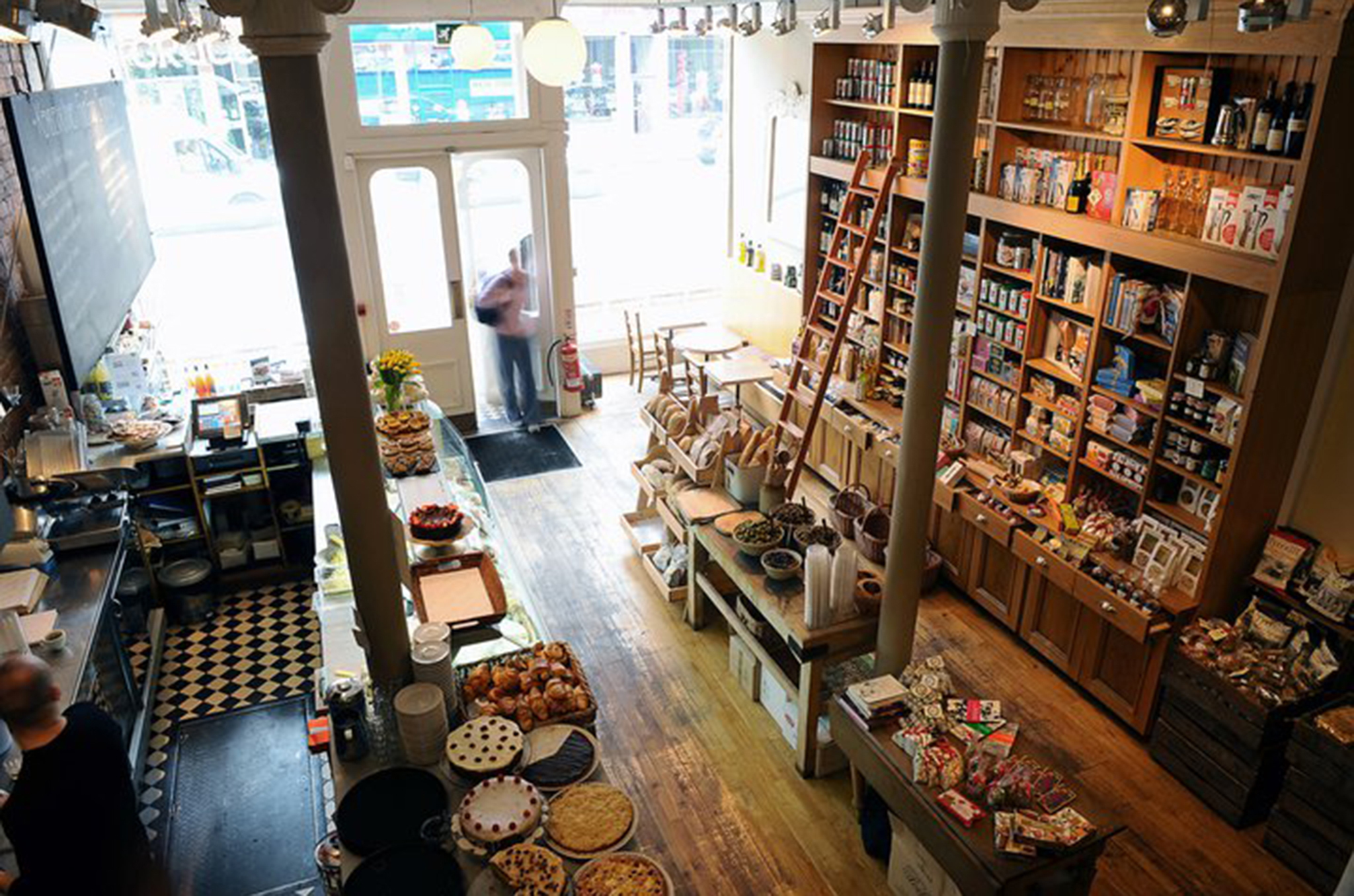Believe it or not, a store’s layout can make or break a shopper’s first impression and willingness to shop or engage with your brand. It can determine whether shoppers purchase, or quickly leave empty-handed after. Here are some basic elements of an effective layout design that will encourage shoppers to stay and consume.
1. Decompression Zone
This is the first area where customers enter when they walk in the door. Here, customers transition from the outside world into your brand’s world and decide whether they want to stay or not. They probably haven’t entered the shopping mode yet. So leave this space open and inviting.

- 2. Power Wall
Do you know that 90% of the shoppers turn right after entering a store? That makes the right wall (or “power wall”) that affect their first impression. Use the power wall to create a high-impact display. You can display highly popular items, or things you want to promote.
- 3. Pathway
Ever been to Ikea, where you are guided to walk through a fixed path from the entrance to the exit? That’s the invisible pathway. It serves to control traffic and expose shoppers to as many products as possibles. Many retailers design a circular path to guide the shoppers in a counterclockwise loop around the store. You can make use of display shelves, cupboards, tables to guide shoppers along the pathway.
- 4. Speed Bumps
To make sure that customers don’t speed through the store without buying anything, set up “speed bumps” to break up their shopping journey. These can be signs, stand-alone displays or aisle end caps that encourage impulsive purchases.
- 5. Cash Wrap
Position the checkout counter at the end of the pathway. It’s also a good position to stock small impulse purchase items so customers can pick them up on the way out.
Store layout is a crucial element to make consumers spend! Inspired? Launch your Pop-Up Store with Storefront
- Pop Up 101: How To Design Your Pop-Up Store Layout - September 7, 2020
- 5 Reasons Why Your Brand Should Host a Holiday Pop-Up Store - December 10, 2017
- 4 Ways To Capitalize On The “Retail Crisis” in NYC - August 4, 2017








